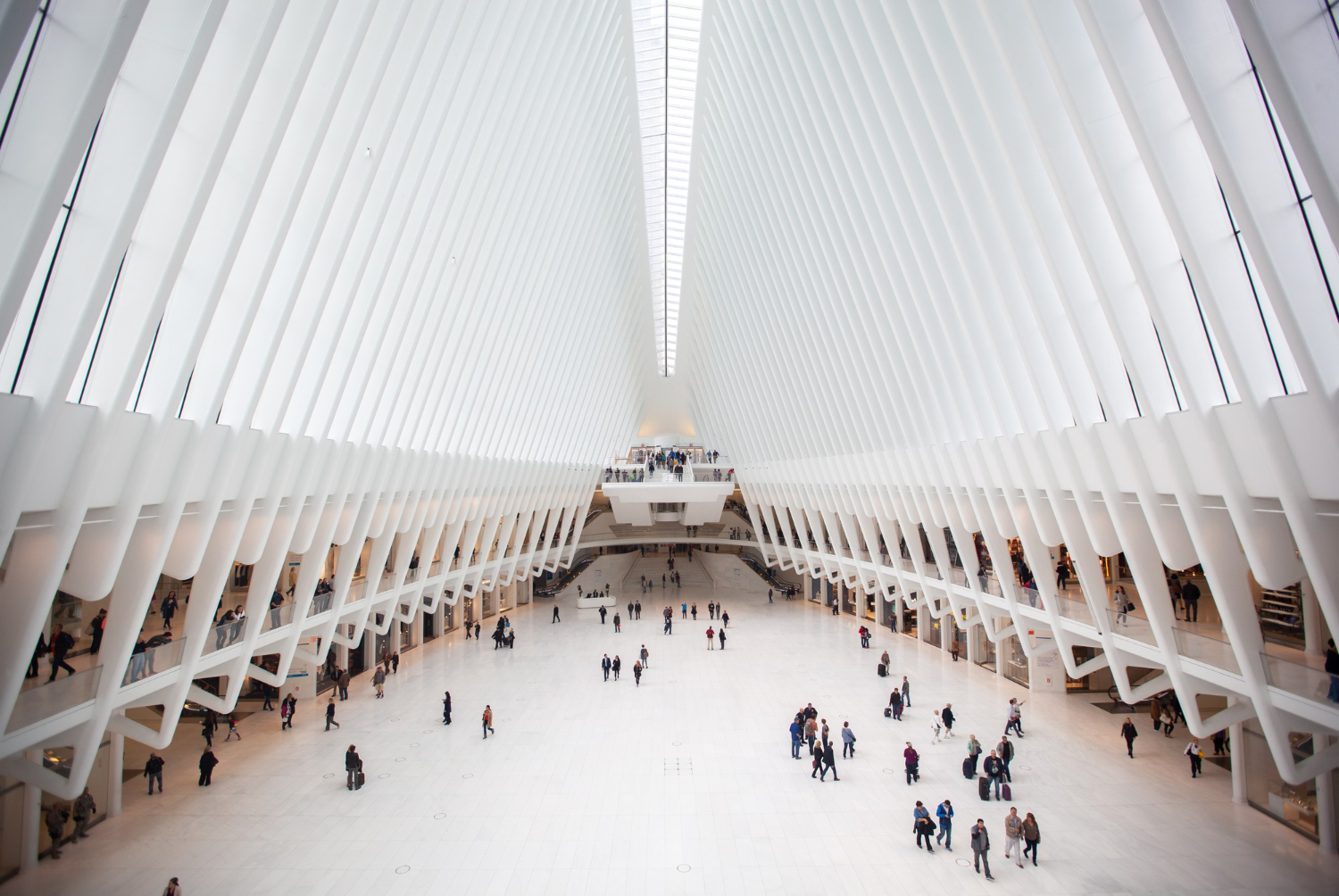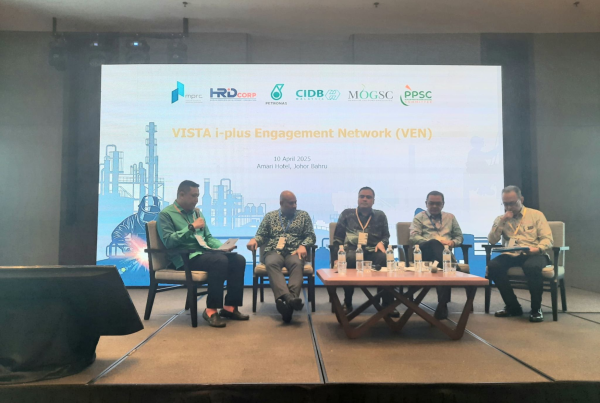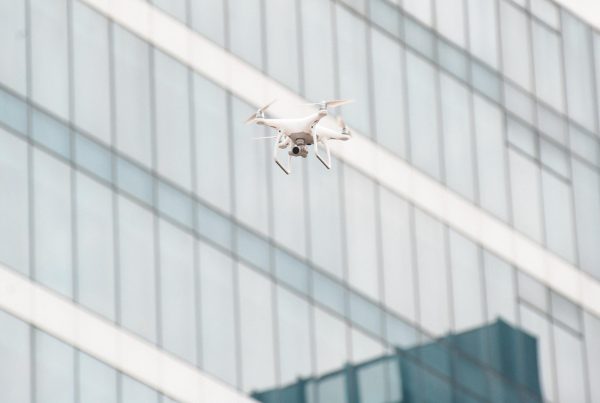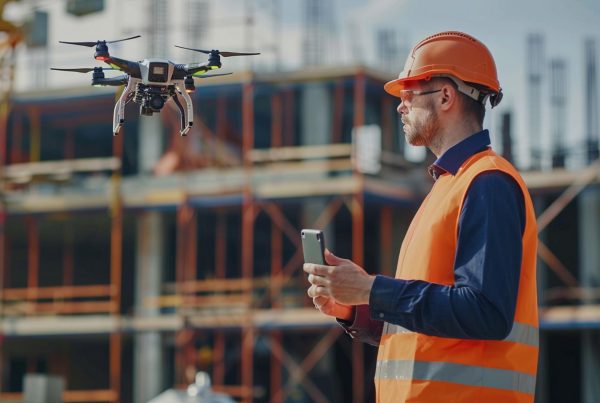
Typically, up to 90% of our time is spent in buildings. It is thus important to design buildings not just for functionality but also for people’s needs. Buildings provide shelter, but they also need to be an interface with the outside. That is the reason for access to natural light and good ventilation. People-centric buildings utilise space to encourage human interaction; open space planning with meeting areas tends to be more commonplace now than the starkly segregated offices of the past.
With the trend towards retro-commissioning whereby the shell of buildings is retained but the interior is reconfigured, there are opportunities in interior design to be more energy-efficient, carbon-friendly and more people-inclusive. Many buildings are now incorporating biophilic features such as green walls and indoor gardens to connect people inside buildings with nature. In general, employers have found that making sound decisions on improving work conditions with staff wellbeing and mental health in mind is worthwhile in the end to attract talent and reduce absenteeism.
Written by: Dr Thomas Tang, CEO of PJ Sustainability Consulting Limited, is a professional advisor to corporations on sustainability, climate resilience, urban design, and social innovation. He is a UN Scholar, an adjunct professor and an author.














